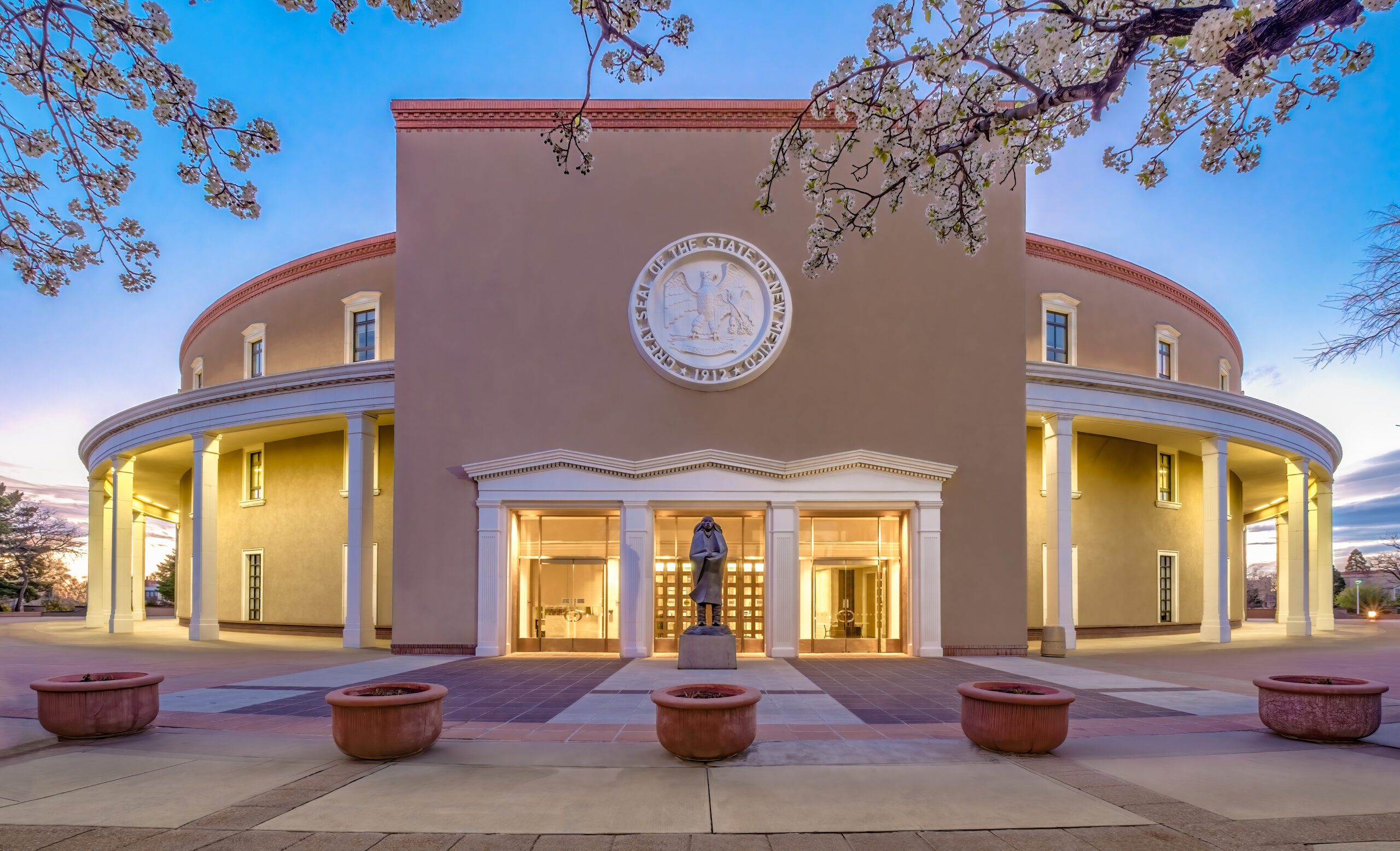
New Mexico Passed a Clean Fuel Program (HB 41), What Happens Next?
As New Mexico embarks on a new journey with the enactment of the Clean Transportation Fuels Standard (CTFS), there is palpable anticipation for the transformative impact it promises to bring. With the recent signing of HB 41 into law, the state has surmounted a significant hurdle, signaling its commitment to cleaner energy practices. However, the path to full implementation is still ahead, marked by a meticulous regulatory process. Now, as the law transitions into the regulatory phase (run by the Environmental Improvement Board (EIB)), it undergoes a series of essential steps before becoming fully operational. Let’s delve into these crucial stages that will shape the future of transportation fuels in New Mexico.
- Initial Drafting
- The initial drafting phase marks the beginning of the regulatory journey. Here, regulatory agencies, often in collaboration with stakeholders and experts, outline the specifics of the Clean Transportation Fuels Standard. This stage involves extensive research, analysis of existing regulations in other jurisdictions, and consideration of local context and needs. Technical aspects such as emission reduction targets, compliance mechanisms, and enforcement protocols are established during this phase.
- Notice of Proposed Rulemaking
- Once the initial draft is formulated, regulatory agencies issue a Notice of Proposed Rulemaking (NPRM) to notify the public about the proposed regulations. This notice typically includes a summary of the proposed rules, their objectives, and the legal authority under which they are being proposed. Additionally, the NPRM invites stakeholders, including industry representatives, environmental organizations, and the general public, to provide feedback and submit comments.
- Public Comment Period
- The public comment period is a critical phase of the regulatory process as it allows for open dialogue and input from various stakeholders. During this period, individuals, organizations, and businesses affected by the proposed regulations have the opportunity to express their views, concerns, and suggestions. Regulatory agencies carefully review all submitted comments, considering them in the context of the proposed rules. The duration of the public comment period varies but typically lasts several weeks to months to ensure ample time for meaningful engagement.
FuSE takes this step very seriously, as we find that the most influential parts of the regulatory writing and modifications reflect public oral and written comment. In the electrification space, fleets are often underrepresented, so FuSE takes positions that reflect being an ambassador for our partners.
- Review & Revision
- Following the public comment period, regulatory agencies undertake a comprehensive review of the feedback received. This entails analyzing the comments, identifying common themes, and assessing their potential impact on the proposed regulations. Based on this feedback, agencies may revise the initial draft to address concerns, clarify ambiguities, or strengthen the effectiveness of the proposed rules. The review and revision process may involve further consultation with stakeholders and subject matter experts to refine the regulatory framework.
- Adoption and Implementation
- The final step in the regulation process is the adoption and implementation of the Clean Transportation Fuels Standard. After considering public input and making any necessary revisions, regulatory agencies formally adopt the regulations through a final rulemaking process. This involves publishing the final rule, along with a summary of the public comments received and explanations for any changes made. Once adopted, the regulations are implemented according to the specified timeline, which may include phased-in compliance deadlines, monitoring mechanisms, and enforcement protocols.
For full context, here is a breakdown of the New Mexico greenhouse gas emissions by sector. This chart is from 2018 data, but you can see that transportation is about 22% of the emissions.
The enactment of the Clean Transportation Fuels Standard in New Mexico represents a significant milestone in the state’s commitment to sustainability. From its inception to implementation, this journey underscores the intricate regulatory process driven by collaboration among regulatory agencies, stakeholders, and the public. As New Mexico takes proactive steps to curb emissions and address climate change, the impact of this standard transcends state boundaries, resonating as a beacon of progress in the global effort to combat environmental challenges. By prioritizing the reduction of greenhouse gas emissions and promoting the adoption of cleaner energy alternatives, this regulation not only contributes to a more sustainable future within New Mexico but also sets an example for the broader global community in advancing climate action.

